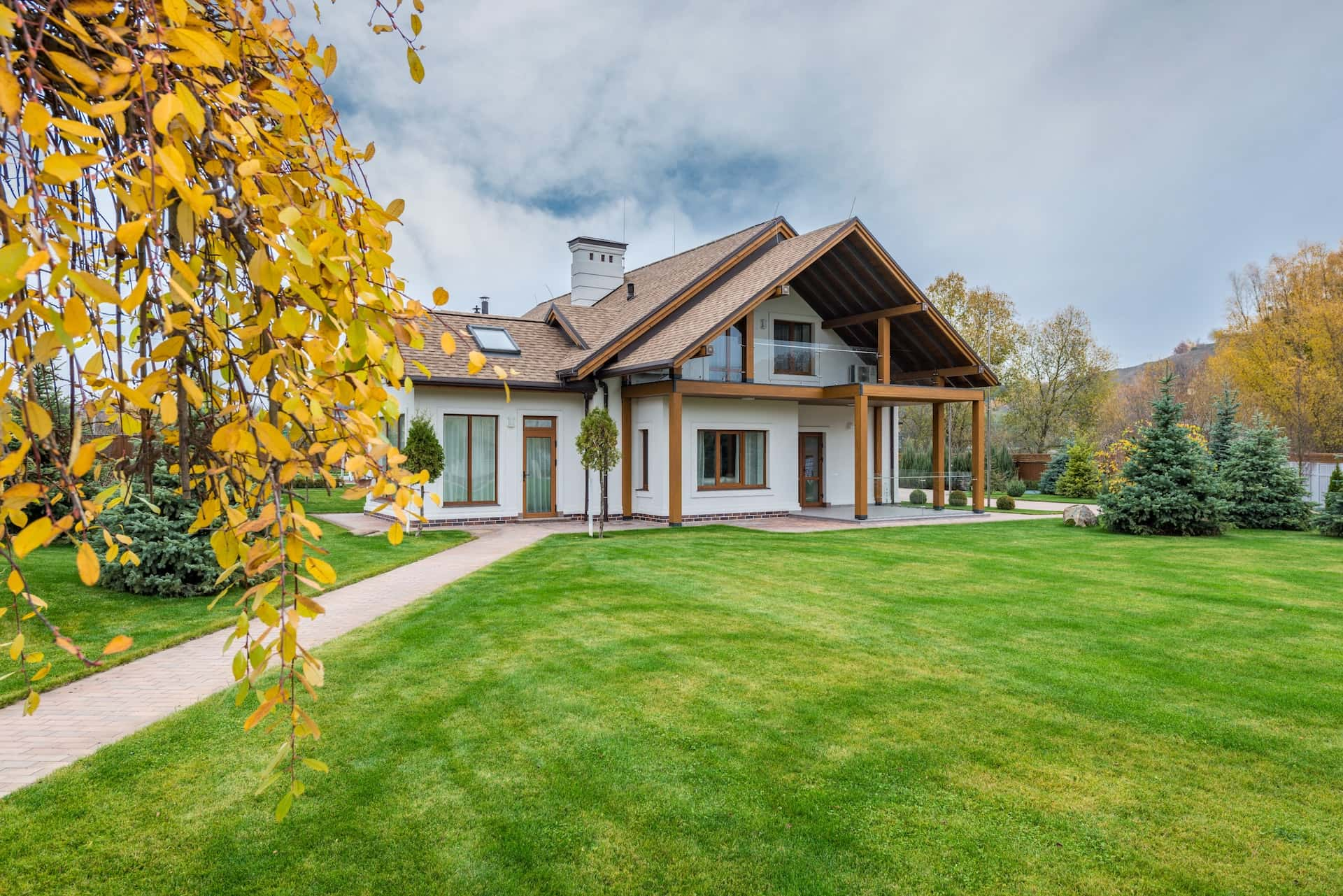
Eco-Friendly Landscaping: Techniques for a Sustainable and Vibrant Garden Oct 14, 2025
The journey toward an eco-friendly garden begins with selecting native plants. These are species that occur naturally in your region, adapted to the local climate and soil conditions. By choosing native plants, you reduce the need for excessive watering, fertilizers, and pest control. These plants are more resilient, require less maintenance, and provide essential habitat for local wildlife. Consider incorporating diverse species to ensure a variety of colors and textures throughout the seasons.
Water conservation is another crucial aspect of sustainable gardening. Implementing drip irrigation systems can drastically reduce water waste by delivering moisture directly to the roots of your plants. Complement this with rainwater harvesting to capture and reuse rainwater, alleviating the pressure on municipal water supplies. Mulching, a simple yet effective technique, helps retain moisture in the soil, minimizes evaporation, and suppresses weed growth.
Healthy soil is the foundation of any eco-friendly garden. Instead of relying on chemical fertilizers, opt for organic alternatives like compost. Composting kitchen and garden waste not only enriches the soil but also reduces landfill contributions. It supports vital microorganisms that naturally balance soil structure and fertility. Consider practicing crop rotation and companion planting to further enhance soil health and break pest cycles without resorting to chemical solutions.
Incorporating hardscaping elements can complement your garden while adhering to sustainable principles. Use reclaimed or sustainably sourced materials, such as recycled stone or wood, when building pathways, patios, or retaining walls. Permeable paving is another smart choice, allowing rainwater to seep into the ground rather than run off into storm drains, thus reducing erosion and replenishing groundwater.
An eco-friendly garden should also consider the impact of lawn care. Conventional lawns can be resource-intensive, often requiring regular watering and chemical treatments. A shift towards lawn alternatives, such as clover or a wildflower meadow, not only adds biodiversity but also cuts down on maintenance and water usage. If traditional grass is essential, consider reducing the lawn area and opting for drought-resistant grass varieties.
Pest management can be achieved naturally by fostering a balanced ecosystem. Encourage beneficial insects, like ladybugs and ground beetles, to manage pest populations. Attract these helpful allies with shelter and food sources. Creating habitat areas using bushes, rock piles, or logs supports biodiversity and reduces the need for chemical pesticides.
In conclusion, adopting eco-friendly landscaping practices offers the dual benefits of nurturing our environment and enhancing the appeal of your garden. By focusing on native plants, water conservation, organic soil management, sustainable hardscaping, and smart lawn care, you can create a landscape that is both beautiful and responsible. Landscape Design & Lawncare is here to support you every step of the way, ensuring your garden remains a thriving sanctuary that aligns with your values. Embrace these sustainable techniques today and contribute to a greener, more vibrant tomorrow.
/filters:no_upscale()/media/380927a3-6216-4e99-a19a-1b648dd68add.jpeg)
/filters:no_upscale()/filters:format(webp)/media/5f97a301-bb1a-4335-8952-938b7b33fc1c.jpeg)